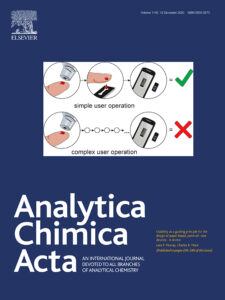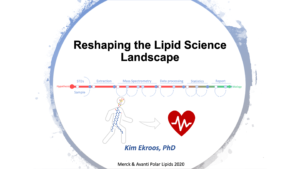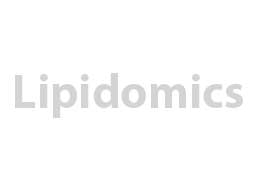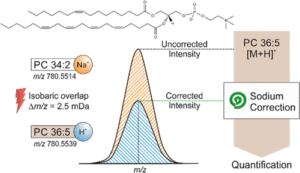
Lipidomics Consulting, University of Wollongong and Aspect Analytics Receive Grant from The Michael J. Fox Foundation for Parkinson’s Research
HELSINKI, March 10, 2023 – Lipidomics Consulting Ltd, a front-running lipidomics company that is fundamentally changing how understanding the mechanistic and metabolic details of lipids are investigated in disease, together with scientists at University of Wollongong (UoW) and Aspect Analytics NV have received a grant









